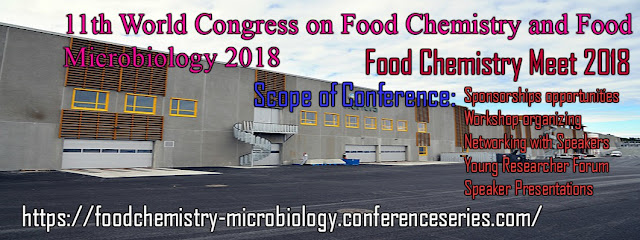We perceive that
individual associations require reliable, cost effective analytical services to
help their food safety and quality programs. Symbio Laboratories has built up a
broad scope of food testing solutions for help the food business in meeting their regulatory necessities .Our way to deal with
client benefit is to help you to assess and achieve compliance with the
increasing number and demanding requirements of regulators, the consuming
public, and your customers. We endeavour to furnish you with the certainty that
your items and processes meet the requirements for food safety, quality and the
environment. Symbio Laboratories conducts many tests every week covering an
extensive variety of microorganisms. We test processed food and ingredients, natural
product, vegetables, meat, fish, water, air.
In the
concern of consumer safety and public health, there is an essential for testing
food products in order to assure that it conform to with domestic standards as
well as international standards for transport. There is also a need for testing
of all foreign food products to ensure that they are of the requisite standard
and food products not approved for synthesize domestically are not grant to
come in from external markets. Apart from this, the level of pollutant,
additives, and pesticide in food items is needed to be observing regularly.
Therefore, a network of food testing and inquiry laboratories is needed to
support the inspection system of food director, timely investigation of samples
and assure conformity of universal and homely standards on food in case of
exports as well as imports. Quality and Food Safety have become competing edge
in the global market for food products. For the excellent advancement of the
food processing sector in the country, various condition of Total Quality
Management (TQM) such as quality control, quality system and quality assurance
should conduct in a horizontal form.






